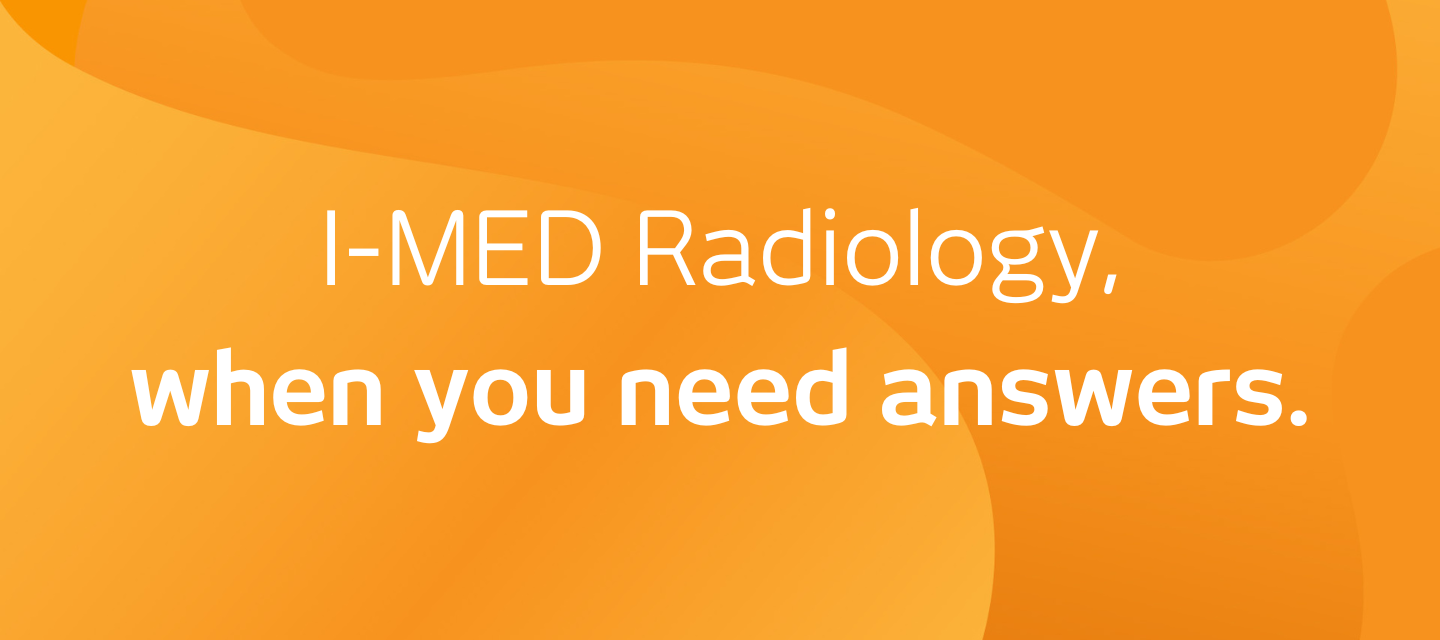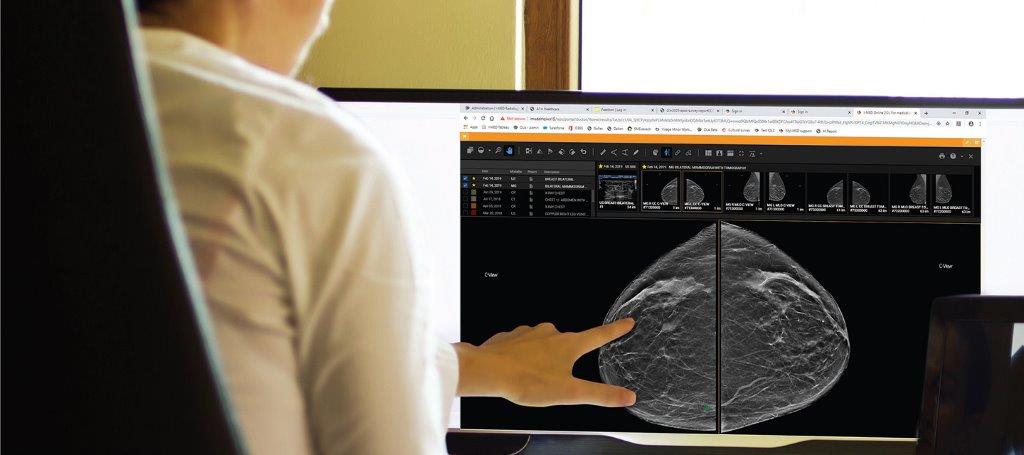

Breast core biopsy
Breast core biopsy

What is a breast core biopsy
A breast core biopsy is where a special needle (or probe) is inserted into the breast to take a small sample of breast tissue from an area of concern so that it can be sent to a laboratory for testing. It is done using local anaesthetic to numb the breast in the area that is being biopsied. An abnormality may have been identified on a scan or x-ray image or may have been felt as a lump.
If the abnormality in the breast cannot be felt as a lump, the radiologist or other specialist doctor performing the biopsy will insert the needle (or probe) using guidance from ultrasound or mammogram images or pictures. This ensures the tissue sample is taken from the area where the abnormality has been identified.
How do I prepare for a breast core biopsy? keyboard_arrow_down
Generally no preparation is needed. You should bring any recent breast imaging (mammograms and/or ultrasounds) and reports for the doctor performing the procedure to review before doing the biopsy. It is advisable to have someone drive you home afterwards.
Do not wear talcum powder or deodorant on the day of the biopsy as these can mimic or imitate calcium spots in the breast which makes it harder for the radiologist to identify the abnormality that requires biopsy. You might consider the clothes you wear on the day so you only need to remove clothes from the upper part of your body.
If you are on any blood thinning medication it is best to advise the team prior to your appointment date in case any medication needs to be ceased or special considerations taken.
What happens during a breast core biopsy? keyboard_arrow_down
You will be called through for the biopsy by the nurse, sonographer or mammographer. The procedure will be explained to you and consent will be obtained.
The area of concern is identified either by ultrasound or mammogram for stereotactic. The area is then cleaned with antiseptic and injected with local anaesthetic. A small nick or cut is made in the skin and the biopsy needle is gently inserted into the breast to the region of interest for biopsy. Several samples are taken. When each sample is taken there is a clicking noise, and you may have a feeling of pressure in the breast where the sample is taken. The biopsy procedure may sometimes feel uncomfortable but is not usually painful because of the local anaesthetic that has been given.
After the samples have been taken, the biopsy area will be pressed on firmly for a few minutes to reduce bruising and bleeding, and then covered with a dressing and ice applied.
How long does a breast core biopsy take? keyboard_arrow_down
The time taken for the procedure varies according to how the biopsy is done. For example, an ultrasound guided core biopsy may take only 20 minutes. A mammographic guided core biopsy (also called a “stereotactic”) may take up to an hour.
What are the benefits of a breast core biopsy? keyboard_arrow_down
A breast core biopsy is a way of getting accurate information without needing an operation to surgically remove the tissue for testing.
Who does the breast core biopsy? keyboard_arrow_down
A breast core biopsy is performed by a radiologist (an experienced specialist doctor).
What are the risks of a breast core biopsy? keyboard_arrow_down
You will usually have some bruising at the biopsy site and sometimes this may take several weeks to disappear.
There is a very small risk of infection. In the very unlikely event that the biopsy site becomes infected, a course of antibiotics may be required from your doctor.
Contact your doctor if you experience excessive swelling, bleeding, have fluid draining from the wound, redness or heat in the breast after the biopsy.
Doing a biopsy of tissue, especially if it is located deep within the breast, carries a slight risk that the needle (or probe) will pass through the chest wall, allowing air around the lung that could collapse a lung. This complication is a rare occurrence and is called a pneumothorax.
Are there any after effects of a breast core biopsy? keyboard_arrow_down
The area that has been biopsied may feel a little tender for several days and there is usually some bruising. If the biopsy area is painful you can take paracetamol. Aspirin is not recommended because it thins the blood and can increase bruising or bleeding at the biopsy site. You should avoid vigorous physical exercise or heavy lifting for 24 hours after the procedure as this may make the bruising worse. The small nick or cut that was made for the biopsy usually heals over in a few days and you will have a tiny scar less than 5mm in size that will be barely visible once healed.
Are there any after effects of an ultrasound? keyboard_arrow_down
It is rare to have after effects from an ultrasound examination.

This information has been reviewed and approved by Dr Ronald Shnier (I-MED Chief Medical Officer).
Related articles


This information has been reviewed and approved by Dr Ronald Shnier (I-MED Chief Medical Officer).
Related articles

